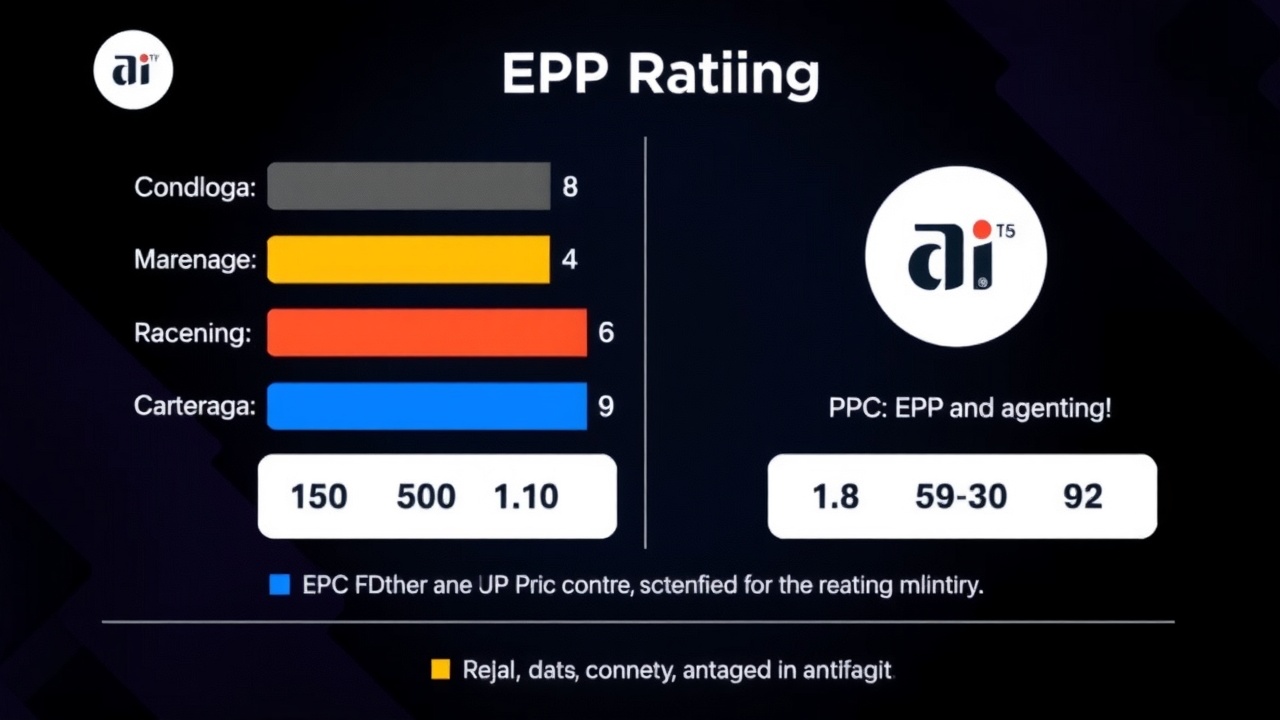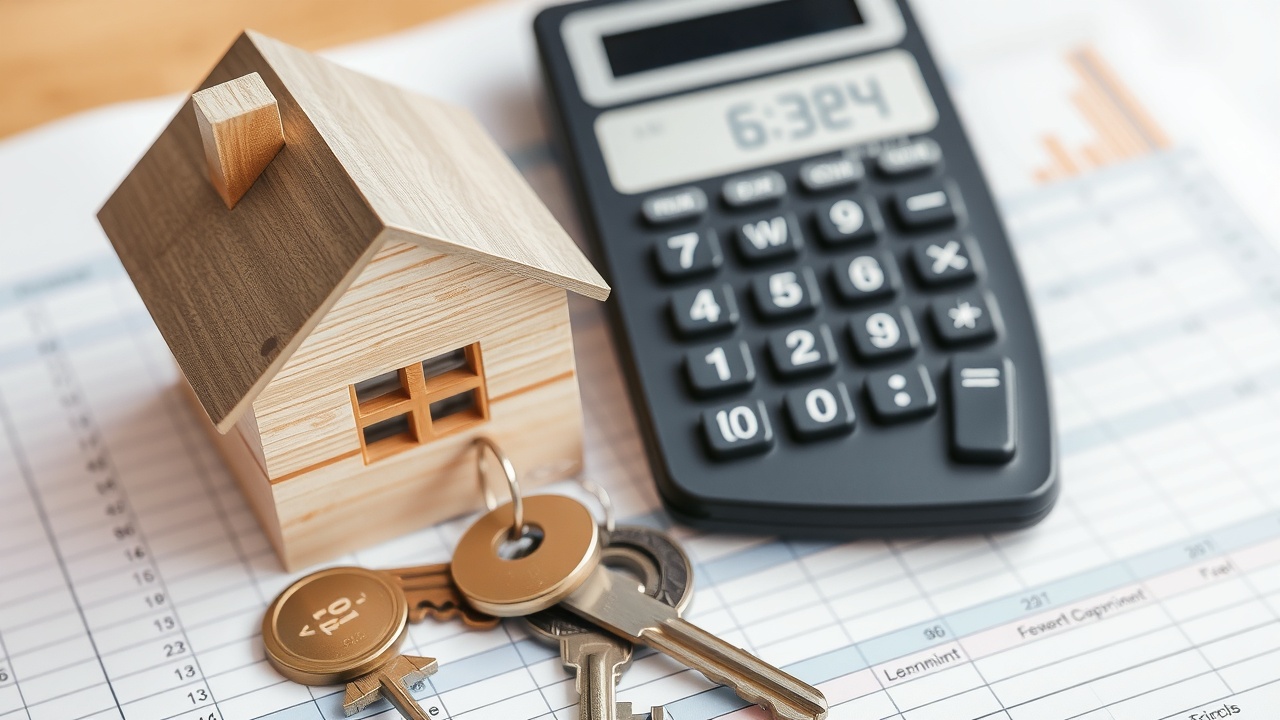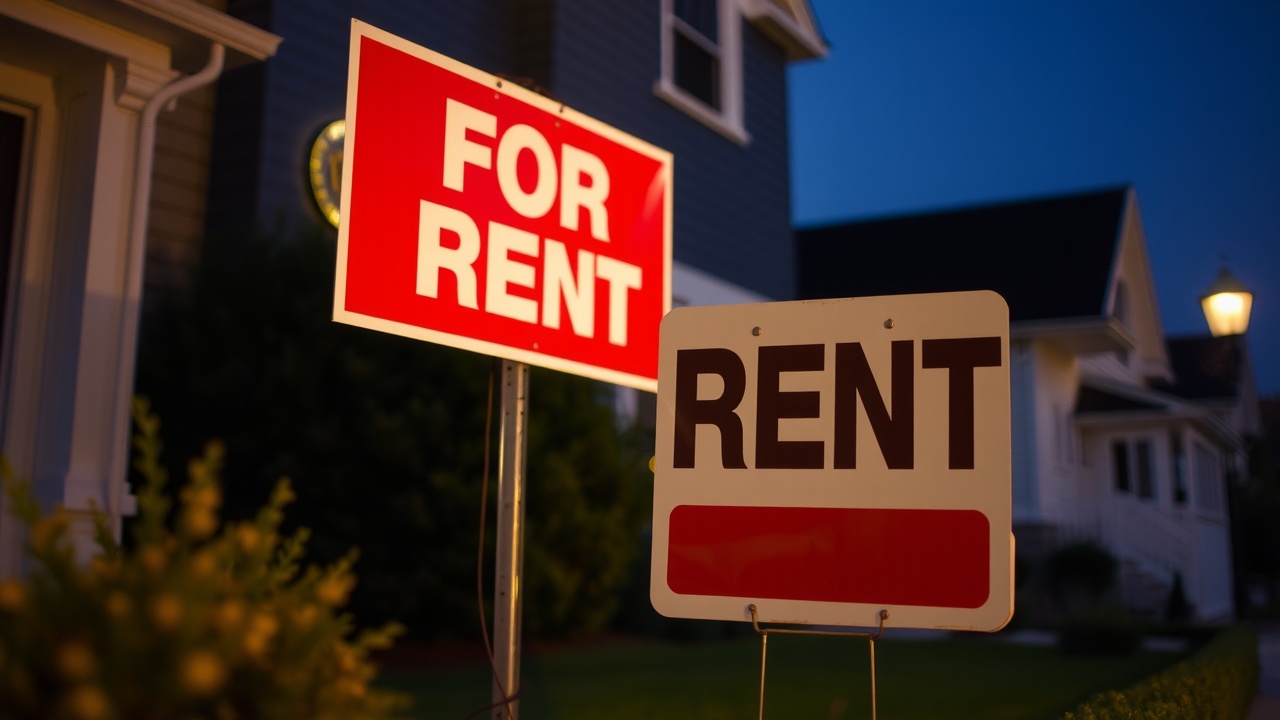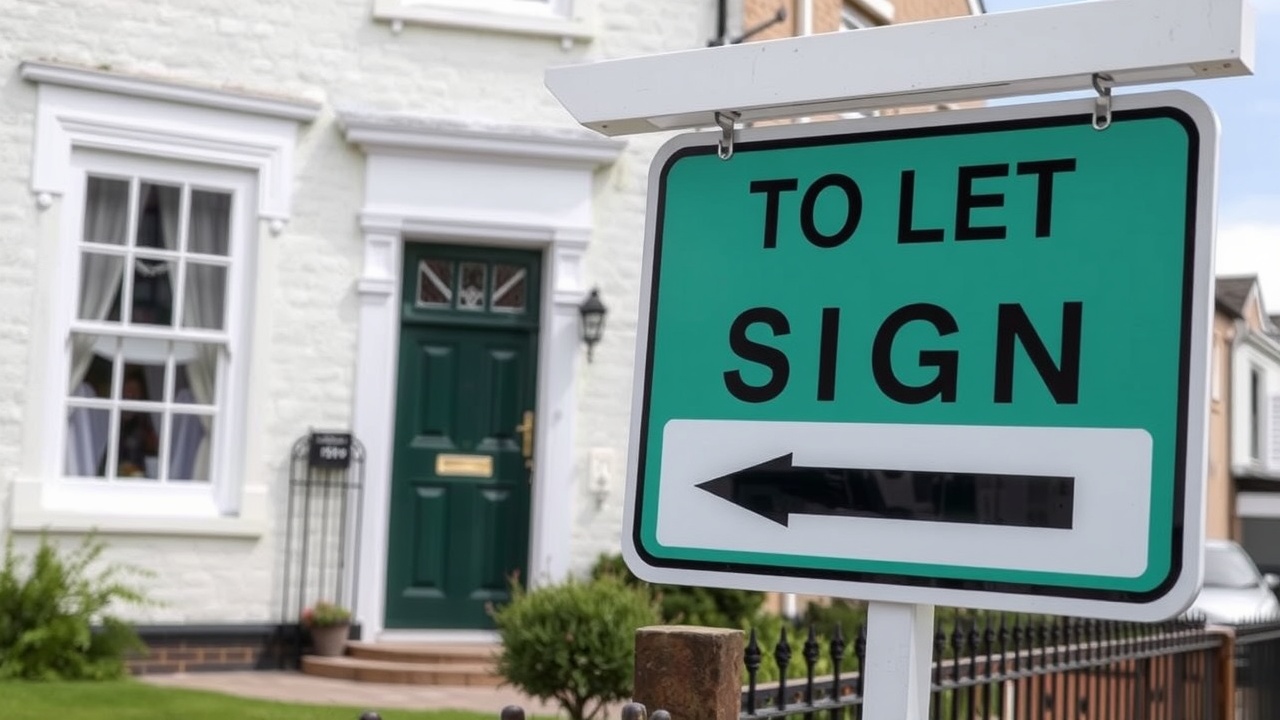
The government has concluded a consultation on guaranteeing that all rental properties have an EPC rating of at least C by 2030
We outline the costs for landlords looking to expand their buy-to-let holdings.
The government's plans to make rental properties more energy efficient are expected to result in further increases in the cost of managing a buy-to-let portfolio.
In the face of slowing home price growth and new rental laws that will outlaw no-fault evictions, landlords have already been hit with higher mortgage rates and lower rental yields.
Increased energy efficiency in rental properties is now a challenge for real estate investors as well.
An energy performance certificate (EPC) rating of C, rather than the current E, will be required for all rental properties starting in 2030, according to a consultation that concluded earlier this month.
By making houses greener, the goal is to lower energy costs for renters.
According to the government, upgrading a rental property will typically cost a landlord between £6,100 and £6,800, but other studies indicate that actual costs may be higher.
With an average cost of 8,000 to bring a sub-C rated home up to compliance, the average landlord is estimated to have eight properties in their portfolio, according to energy data firm epIMS. This means that 64,000 dollars in investment may be needed over the five years.
"There is concern that imposing a mandatory EPC C rating on the country's landlords may lead to more people leaving the industry, which would worsen the current rental crisis," stated Craig Cooper, chief operating officer at epIMS.
Funding may be required to assist landlords in making the necessary adjustments, the National Residential Landlords Association (NRLA) added.
"We all want to see rental homes as energy efficient as possible, but that will require a realistic plan to achieve this," stated Ben Beadle, NRLA CEO.
In addition to addressing the ongoing lack of tradespeople to perform energy efficiency projects, the Committee on Fuel Poverty and Citizens Advice has called for a targeted financial package to support investments in the necessary work.
Crucially, if the 22.5 million privately rented homes that do not currently meet the government's suggested standards are to be improved, a reasonable timeline is required.
For both new and existing tenancies, there are also calls for a more phased approach.
The 2030 target, according to Paragon Bank, should be for new tenancies, with 2033 as the goal for extended tenancies and 2035 as the goal for all.
"A longer delivery period and flexible exemptions allow for a smoother transition without aggravating the demand and supply imbalance, which is already anticipated to increase due to forecast population growth and demographic changes," stated Louisa Sedgwick, managing director of mortgages at Paragon Bank.
A certificate of energy performance: what is it?
Based on its energy efficiency, a home is rated from A to G on an energy performance certificate.
The likelihood of having lower energy bills increases with the rating.
Every property that is put up for sale or rental must have a current Energy Performance Certificate (EPC), which provides prospective tenants and buyers with an estimate of the property's gas and electricity costs.
At the moment, a minimum EPC rating of E is required for properties leased by landlords.
The Labour government promised to revive the plans to raise the minimum to C by 2030, but former prime minister Rishi Sunak abandoned them in October 2023.
Although there is evidence that a higher EPC rating can increase home values, the argument is that it will help tenants save money on their bills.
You can use the government website's "find an energy certificate" tool to look for EPCs.
How can property owners improve the EPC rating of their rental properties?
Landlords will be able to choose how to comply with energy efficiency regulations, according to the Department for Energy Security and Net Zero (DESNZ).
Before proceeding with a variety of other options, such as batteries, solar panels, and smart meters, they must first fulfil a fabric standard by putting in measures like loft insulation, cavity wall insulation, or double glazing.
Landlords will only be able to spend a maximum of £15,000 per property, so they won't have to spend more to comply with the regulations. The Boiler Upgrade Scheme and Warm Homes: Local Grant may offer assistance.
The cost cap could be lowered to £10,000 for certain landlords who qualify for an affordability exemption, which could be applied based on lower rents or council tax bands.
Over 2.5 million privately rented properties are thought to currently have an EPC rating below a C, meaning landlords have a lot of work ahead of them.
Cooper, though, said it might be simpler than people realize.
A C rating could be easily attained by them by making a few minor adjustments to their rental properties, he stated, since an EPC rating is actually determined by a points-based system.
A score of 92100 SAP points, for instance, indicates an A rating; 8191 points indicate a B rating; and 6980 points indicate a C rating.
Cooper continued, "Landlords should be aware of this since it indicates that a property with a D rating may only need one pointand thus one small improvementto move up to a C.
Installing PV panels over internal or external wall insulation is one of many smaller, more affordable improvements that can be made to a property that will likely increase its EPC rating.
The best people to give advice on what will and won't work for people trying to meet the crucial C requirement are accredited energy assessors. This will help them avoid wasting money on expensive upgrades.














Leave a comment on: Landlords are required to improve the energy efficiency of rental properties by 2030